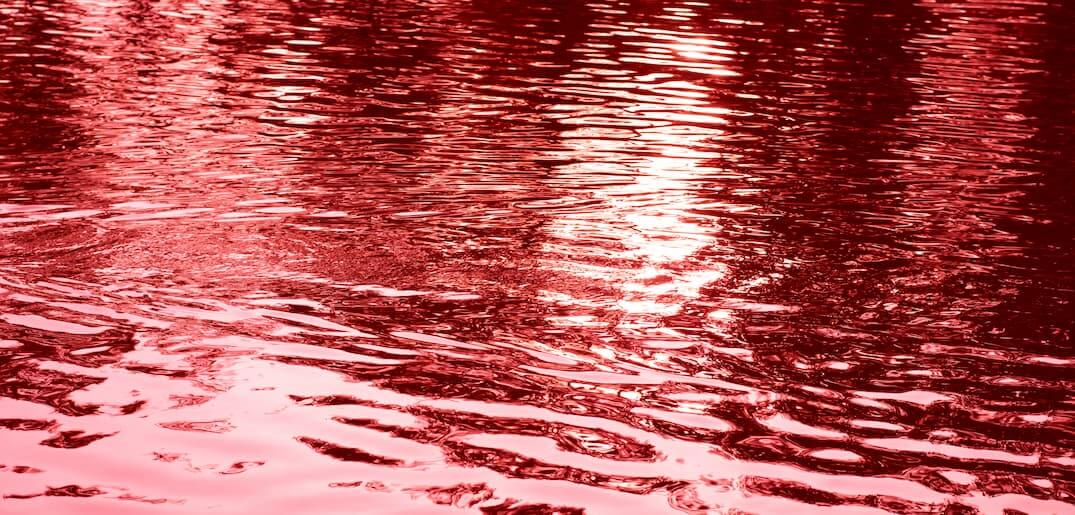We might reasonably expect a pond to look clear, or perhaps even green if it starts to get a little murky. The last thing we might expect a pond to become is red – and yet, this does happen. If your pond color is turning red, don’t panic, yours is not the first and only pond to have turned red before and the phenomenon can be explained in earthly ways. Some ponds start turning brown before lightening to a reddish hue, and this is caused by the same reasons as stated below.
What Causes My Pond To Turn Red?
There are several possibilities to consider:
1) Tannin may run off from organic debris, such as leaves falling off from Japanese maples, red maples, and purple beech trees. Though the color may not appear immediately, as the leaves decompose, they would eventually bleed red or a reddish brown into the water.
2) Red algae also causes pond water color to change in appearance. Red algae can create the illusion of your pond water turning red, as the color reflects on the surface of the water. But red algae can also actually stain the water after the algae blooms and decomposes at the bottom of the pond. However, red algae, nicknamed “red tide”, is more commonly found in oceans.
3) Sedimentation leaking into the pond may also cause redness. Such a leak would occur if the pond liner is damaged and sedimentation or earth may come through to the water. Such sedimentation may change the color of the water, especially if the soil in your area is heavy in minerals such as iron oxides and copper deposits. Heavy rainfall may sometimes cause damage to the pond liner.
Is The Red Water Harmful For My Koi?
Having koi and other fish in your pond is beautiful, but as a fish owner, you may worry that the mysterious red coloration may be harmful to your beautiful fish. The answer is yes and no. If the coloration comes from tannin, that in itself is not harmful to fish; however, its underlying cause might certainly be. The buildup of debris which causes tannin leaking into the water will definitely affect the oxygen levels and water quality of the pond water over time, both of which need to be maintained at a high standard for koi and goldfish to thrive. This is because the beneficial bacteria in your pond will require more oxygen to decompose the increased amount of debris, thus reducing the amount of dissolved oxygen for the fish.
Discoloration caused by sedimentation may not directly affect your fish but can interfere with pond treatments and medicines, and leaks in the liner will cause the pond water to slowly decrease, leaving less room for your fish.
How Do I Fix The Color Of My Pond?
You can prevent debris from falling into your pond by using pond skimmers and keep algae at bay with ultraviolet clarifiers. If there already exists tannin in your pond water, after fixing the source of the problem you can remove the remaining tannin with activated carbon as part of your water filtration system to gradually purify the water.


 Blog
Blog



